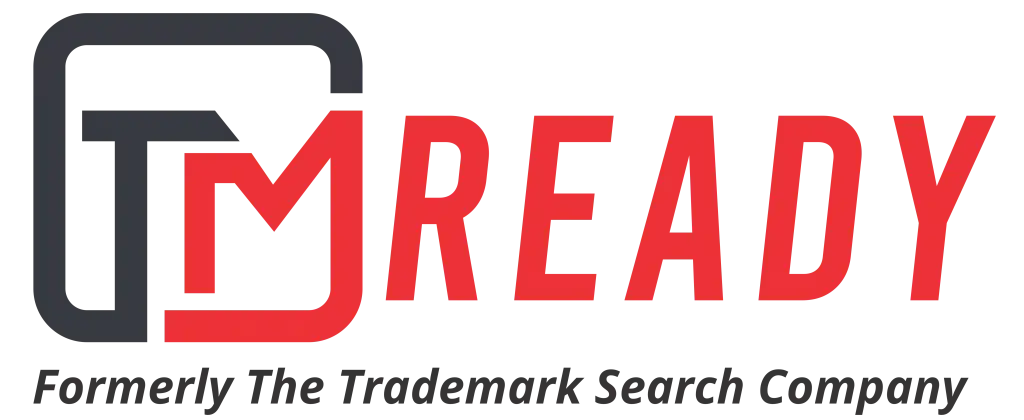Trademark monitoring is a dynamic and continuous process that ought to be done round the clock and throughout the year. Trademark owners have an obligation to police their marks and take steps to stop the infringers otherwise you run the risk of losing a huge chunk of your profits to the infringer. In extreme cases, the failure to monitoring trademarks may result in losing them entirely.
With the advent of online marketing and e-commerce there are many threats that companies can come across and thus it is important for brand owners to keep a regular tab on the internet to assess if someone is infringing their IPs. Putting it simply, these days the biggest issues in trademark protection arise from the use of trademarks on the Internet.
With this write-up, we are going to underline some basic steps those we can implement to monitor our trademark online. So, let’s start one by one…!
Cybersquatting- Let’s consider, you have a couple of marks and you invested your hard earned money and resources making them popular. However, later-on you learned that some of your competitors/potential competitors have registered closely similar domain names/or marks and are taking mileage of your popularity. This act of registering a closely similar domain/mark simply by adding (or dropping) a hyphen, adding a generic term, misspelling a word, omitting a letter, and replacing the letter “o” with a “zero” or the letter “l” with a “one” are some of the most common is called as Cybersquatting.
Once you established that there are some competitors who are using closely similar marks of yours as their domain then sending “cease and desist” letter to the infringer is the best option. However, you will have to determine if the cost incurred in bringing the party to the court is worth it.
If you wish to avoid court litigation there is an alternative to it that is by calling Uniform Dispute Resolution Policy. This option is comparatively inexpensive and fast as it doesn’t include the involvement of the Court.
Examining cybersquatting on various new top level domains- In the past, there were only a few Top Level Domains (TLD) thus a trademark owner only had to determine squatting on these limited platforms like .com, .org and .net. But these days ICANN has authorized registrant to use many other top level domains. These new top level domains fall in numerous categories:
- generic (e.g., .online, .site, .website, .cloud, .help, .xyz)
- geographic (e.g., .nyc, .london)
- industry (e.g. .news, .press, .accountant) and others.
Thus, it is important for trademark owners to examine these platforms as well for cybersquatting.
Defensive Domain Name Registrations- Another way to defend trademarks on the internet is by implementing a defensive domain name registration policy wherein we register domain names that are similar to our domain name or trademarks, even though we do not want or need them.
Examining various keyword advertising platforms- If you are promoting your business online then you must be aware of the keyword advertising programs commonly called as Pay Per Click (PPC). These programs are run by many reputed search engines like Google, Yahoo, and Bing. But do you know these platforms can also be used by your competitors to take unfair advantage of your brand’s reputation and popularity. They can use your trademark as a keyword and can link their own website as a landing page. Such activities can eat a lot of your profit and thus should be monitored throughout the year. If you wish to implement a robust trademark monitoring campaign assessing these keyword advertising platforms should be included.
Keeping a tab on various social media platforms- Social media is on boom these days and people are using various social media sites like Facebook, Twitter, LinkedIn, and WhatsApp. The popularity of these social media sites has unleashed tremendous marketing potential and companies are using these overwhelmingly to reach to their potential customers. On the other hand, their popularity has also brought in the possibility of online frauds that can malign the reputation of a company. Thus we need to check various Facebook pages, Twitter accounts, Google Plus pages and many other properties to ensure that nobody is abusing your trademarks.






